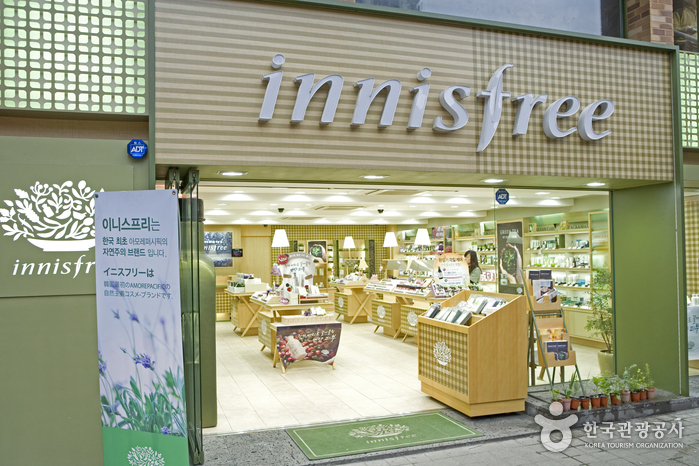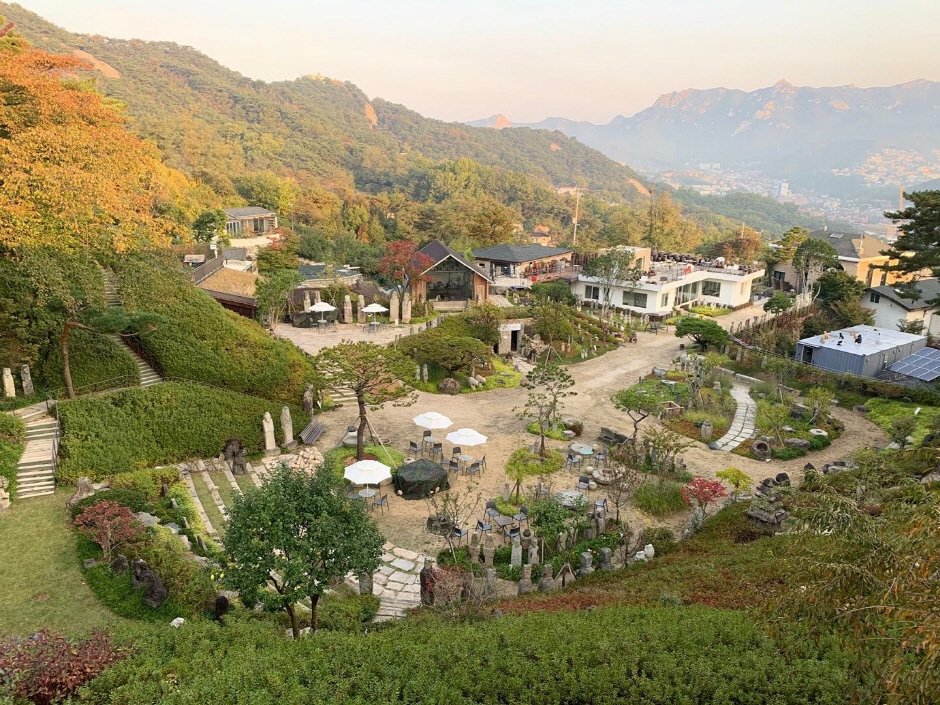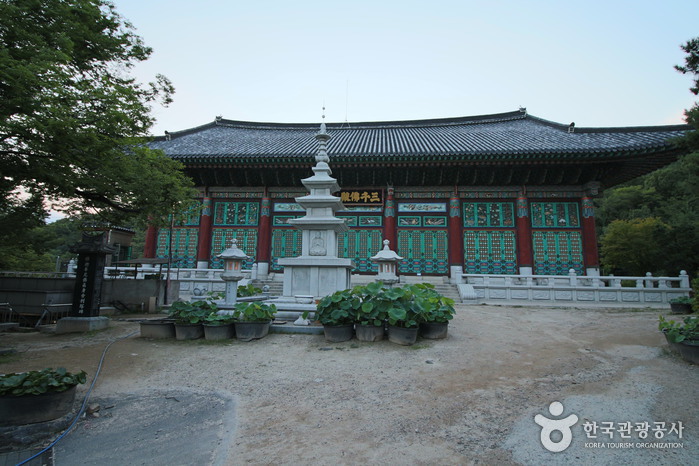Golmok Naengmyeon (골목냉면)
3.6Km 2021-03-26
295-7, Dokseodang-ro, Seongdong-gu, Seoul
+82-2-2235-2540
This is a Seoul-style naengmyeon (Korean cold noodle) restaurant that opened in 1966. This restaurant's signature menu is cold buckwheat noodles. This Korean dishes restaurant is located in Seongdong-gu, Seoul.
Artbox - Ewha Womans Univ. Branch [Tax Refund Shop] (아트박스이대점)
3.6Km 2024-04-19
7, Ewhayeodae-gil, Seodaemun-gu, Seoul
-
Artbox - Ewha Womans Univ. Branch [Tax Refund Shop] (아트박스 이대)
3.6Km 2024-04-17
7, Ewhayeodae-gil, Seodaemun-gu, Seoul
-
Innisfree - Ewha Womans University Branch (이니스프리 - 이대점)
3.6Km 2022-12-29
175 , Sinchon-ro, Seodaemun-gu, Seoul
+82-507-1388-0120
Innisfree is the acronym of 'innis' (island) and 'free.' Items in Innisfree use environment-friendly ingredients. Main ingredients include green tea, tangerine, canola flowers, and cactuses along with volcanic spring water. Located right around Ewha Womans University, it is a spacious store popular among Japanese and Chinese tourists.
Innisfree - Ewha Womans Univ. Station Exit No. 1 Branch [Tax Refund Shop] (이니스프리 이대역1번출구)
3.6Km 2024-04-22
1F, 175, Sinchon-ro, Seodaemun-gu, Seoul
-
Nature Republic - Gongdeok Station Branch [Tax Refund Shop] (네이처리퍼블릭 공덕역점)
3.6Km 2024-04-22
Store #626-138, B200 Baekbeom-ro, Mapo-gu, Seoul
-
CU - Sungin Dongyang Paraville Branch [Tax Refund Shop] (cu숭인파라빌점)
3.6Km 2024-06-26
1F, #104, 251, Nangye-ro, Jongno-gu, Seoul
-
Mok In Museum Mok Seok Won (목인박물관 목석원)
3.6Km 2021-09-01
46-1, Changuimun-ro 5-gil, Jongno-gu, Seoul
+82-2-722-5066
Mok In Museum Mok Seok Won relocated in 2019 from Insa-dong to Buam-dong. Six exhibition halls offer visitors a look at wooden figures from around the world. Mokin refers to traditional wooden sculptures carved in shapes of human figures or various animals. The museum holds around 12,000 wooden folk sculptures including those used to decorate funeral carriages and temples mostly from the Joseon dynasty up to modern times. The museum also has an outdoor exhibition hall that harmonizes the sculptures with nature.
CheongKwanJang - Ewha Womans Univ. Station Branch [Tax Refund Shop] (정관장 이대역)
3.6Km 2024-04-22
1F, 173, Sinchon-ro, Seodaemun-gu, Seoul
-
Bongwonsa Temple (봉원사)
3.6Km 2023-03-13
120, Bongwonsa-gil, Seodaemun-gu, Seoul
+82-2-392-3007
Located on the outskirts of Ansan Mountain in Bongwon-dong, Seodaemun-gu, Seoul, Bongwonsa Temple, as the center of Korean Buddhism Taego, is a thousand-year-old temple with a long history and tradition. In 889 (3rd year of Shilla Queen Jinseong’s reign), Monk Doseon founded it at the ground of Yeonhui Palace (now Yonsei Univ.) and named it Banyasa temple. It was destroyed during the Imjin War in 1592, and later in 1748 (the 24th year of Joseon King Yeongjo’s reign), it was rebuilt and renamed “Bongwonsa” by two Buddhist monks, Chanjeup and Jeungam.
“Yeongsanjae,” one of the Buddhist rituals and also a National Intangible Cultural Property, takes place at Bongwonsa on June 6 every year wishing for world peace and the reunification of North and South Korea. It was designated as one of the Intangible Cultural Heritage of Humanity by UNESCO in 2009. During Yeongsanjae, visitors can enjoy the Buddhist arts such as Beompae (Buddhist temple music for rituals) and dancing. Also, during summertime, Seoul Lotus Flower Culture Festival takes place, where visitors can enjoy the beautiful lotus flowers which are a symbol of Buddhism.


![Innisfree - Ewha Womans Univ. Station Exit No. 1 Branch [Tax Refund Shop] (이니스프리 이대역1번출구)](http://tong.visitkorea.or.kr/cms/resource/85/2888885_image2_1.jpg)
![Nature Republic - Gongdeok Station Branch [Tax Refund Shop] (네이처리퍼블릭 공덕역점)](http://tong.visitkorea.or.kr/cms/resource/92/2878392_image2_1.jpg)


 English
English
 한국어
한국어 日本語
日本語 中文(简体)
中文(简体) Deutsch
Deutsch Français
Français Español
Español Русский
Русский